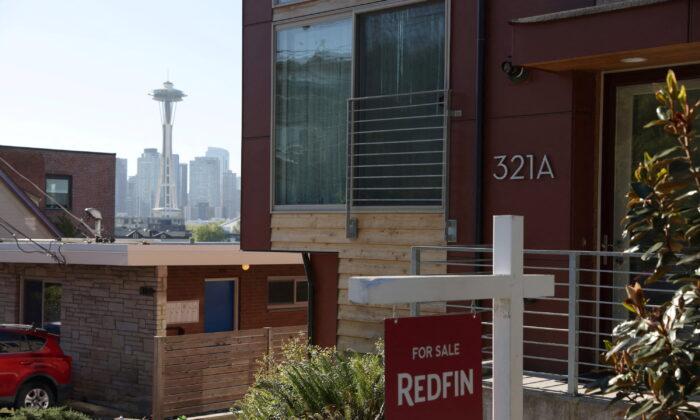“Purchase applications increased for the second straight week—driven mainly by conventional applications—and the [adjustable-rate mortgage] share of applications jumped back to over 10 percent,” wrote Joel Kan, the association’s associate vice president of economic and industry forecasting.
“The average loan size, at just over $420,000, is well below its $460,000 peak earlier this year and is potentially a sign that home price-growth is moderating.”
Meanwhile, mortgage loan application volume increased 4.2 percent on a seasonally adjusted basis from one week earlier, but is still 10 percent lower than in the same week of 2021.
Last week, 30-year fixed mortgage rates rose 33 basis points to 5.98 percent from 5.65 percent, with points rising to 0.77 from 0.71, their highest level since 2008 in the biggest one-week jump in 13 years.
“All other loan types also increased by at least 20 basis points, influenced by the Federal Reserve’s 75-basis-point rate hike and commentary that more are coming to slow inflation,” said Kan.
Cooling Demand
The refinance index, which covers home loan applications, fell 3 percent from the previous week and was 77 percent lower than the same week a year ago.The refinance share of mortgage activity decreased to 29.7 percent of total applications from 31.7 percent from the previous week, while the adjustable-rate mortgage share of activity increased to 10.6 percent of total applications.
Adjustable-rate mortgages are offered at a lower rate of interest and are generally fixed for terms of five, seven, or 10 years.
Higher average mortgage rates have led some sellers and homebuilders to offer price cuts as demand rapidly cools.
Demand for housing still remains strong nationwide, alleviated by a recent boost in the supply of available housing stock, with active inventory up by 17 percent over the same time in 2021.
The rapid rise in mortgage rates may actually encourage homebuyer demand, as consumers worried about higher rates in the near future try to acquire properties before they go up.





